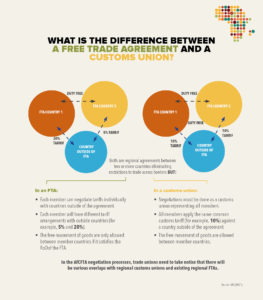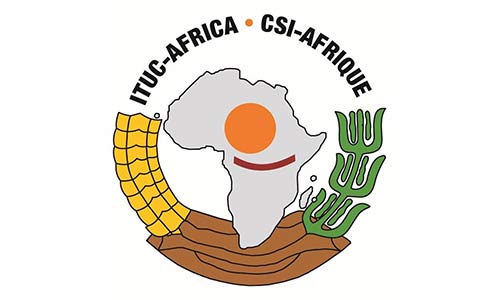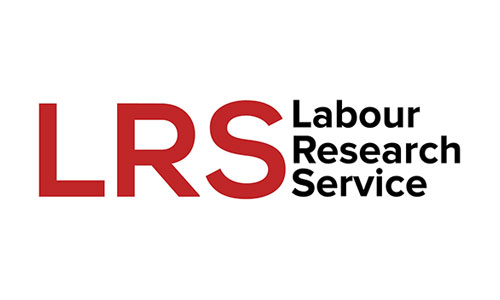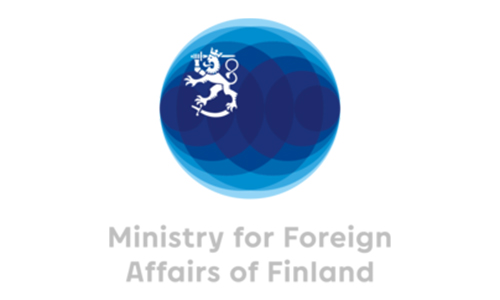Thinking about the transformation of the AfCFTA into a Customs Union.
It has been argued that the African Continental Free Trade Area (AfCFTA), which is designed as a Free Trade Area (FTA), should be transformed into a Customs Union (CU) to advance the economic integration of the continent. Article 3 of the Agreement establishing the AfCFTA in fact says that one of the general objectives of the AfCFTA is to “lay the foundation for the establishment of a Continental Customs Union at a later stage”.
This provision does not say what is required to lay the foundation of a CU or when and how this should happen. It seems safe to say that such an endeavour will only be launched when the AfCFTA State Parties agree that the conditions are ripe for embarking on this road. It will be difficult to negotiate and adopt, by consensus, the required agreement when 54 countries at very different stages of economic development are involved. The complications encountered in finalising the AfCFTA negotiations, which were launched in 2015 and are still incomplete, serve as a reminder of the challenges to be tackled if a CU must be agreed, which has far-reaching consequences and entails stricter rules.
The pursuit of regional integration requires a conceptual bargain to be struck between the loss of national sovereignty on the one hand, and economic and trade benefits on the other.
When countries conclude agreements to establish integration arrangements, they agree to abide by certain rules that will restrict their ability to make independent decisions over trade related matters, such as protecting domestic industries against foreign competition or changing the national tariff book in a manner raising questions about the lawfulness of their actions. The deeper the integration, the more onerous the obligations become and the greater the loss of “sovereignty”.
The perceived tension between sovereignty and economic benefits is true in all instances where countries become parties to legally binding international arrangements, whether on the multilateral or the regional level. In 2004, the World Trade Organisation (WTO) published the Sutherland Report.[1] It said the following:
Acceptance of almost any treaty involves a transfer of a certain amount of decision-making authority away from states, and towards some international institution. Generally this is exactly why ‘sovereign nations’ agree to such treaties. They realise that the benefits of cooperative action that a treaty enhances are greater than the circumstances that exist otherwise. Indeed, the Appellate Body has commented as follows: ‘It is self-evident that in an exercise of their sovereignty, and in pursuit of their own respective national interests, the members of the WTO have made a bargain. In exchange of the benefits they expect to derive as Members of the WTO, they have agreed to exercise their sovereignty according to the commitments they have made in the WTO Agreement.’[2]
The decision to become a party to a rules-based trade arrangement is an act of sovereignty. A state is only bound by the provisions in a treaty once it has ratified it and the treaty in question has entered into force for it, or if the state in question has acceded to a treaty already in force. Ratification and accession are both acts performed by the highest state organs, as determined by the national constitution. If the parties to a trade agreement would be free to invoke “sovereignty” as the justification for subsequently ignoring their obligations, and if all of them would be free to do so, there can be no legal certainty and predictability in the markets. The raison d’être for concluding such agreements would fall away. Sovereignty is not a licence to violate obligations willingly accepted.
Rules-based trade regimes have an effective dispute settlement system. These agreements also contain provisions on exceptions and on implementing trade remedies and safeguard measures. They can be invoked under certain conditions, but the question whether they have been applied correctly is justiciable.
The AfCFTA contains a detailed Dispute Settlement Protocol modelled on the Dispute Settlement Understanding of the WTO, but it is unlikely that the State Parties will use it. In the Regional Economic Communities (RECs) the governments of the Member/Partner States never litigate against each other in respect of disputes over the implementation or interpretation of these agreements. There are regional Courts of Justice in COMESA, ECOWAS and in the EAC but they have never heard disputes filed by the Member/Partner States. When the SADC Tribunal in 2008 declared the Zimbabwean expropriation of private land without compensation illegal,[3] it was soon abolished. All SADC member states agreed with the proposal of President Mugabe to do so. SADC has no regional court of justice.
Seen against this background, Africa’s regional integration arrangements appear to be political constructs and work in progress. Many of the provisions of REC legal instruments call for “cooperation” among the member states. The membership of the EAC (which on paper is a CU) is an example. The DRC, Somalia and South Sudan are members,[4] but not capable of complying with all the obligations provided for in the EAC legal instruments. It has been written that the main challenge facing the EAC is to “safeguard the quality of the increasing body of Community Law, how to monitor compliance, and how to make EAC law binding and enforceable within national legal systems.”[5]
The concerns about loss of sovereignty in African regional integration arrangements are manifested in the design and practice of these arrangements. They do not have supranational institutions with the powers to act on behalf of the collective or to enforce the relevant legal regimes against the member states.
The loss of sovereignty is not the only reason why a AFCFTA CU would be problematical. It should be determined, as a first requirement, that a continent-wide CU would boost intra-African trade in goods and services in a manner not possible under an FTA, the agreement of which is far easier to implement.
A CU is a “deep” integration arrangement where the member states must comply with binding rules to safeguard a single customs territory (there are no tariffs on goods traded among the CU member states) and a Common External Tariff (CET). Tariffs are collective obligations and trade agreements with third parties can only be concluded jointly. There are additional problems, such as the loss of customs revenue, which is still a major source of revenue for many African governments. Domestic needs are to be accommodated. The EAC Partner States, including Kenya, adopted the use of Stay of Application of EAC CET and Duty remission schemes as a way of protecting infant domestic industries and boosting manufacturing for export.[6]
The real challenge now is to finalise the AfCFTA negotiations and to implement this detailed regime effectively and comprehensively. That would be a major and sufficient achievement.

Source: Trade Unions and Trade: A Guide to the African Continental Trade Agreement
[1] The Future of the WTO: Addressing Institutional Challenges in the New Millennium. Peter Sutherland, a former Director-General of the GATT and the WTO, chaired the Consultative Board responsible for the Report.
[2] At p 29 of the Report. The case referred to is Japan Alcoholic Beverages II, 1996 p 16.
[3] In Mike Campbell (Pvt) Ltd and Others v Republic of Zimbabwe (2/2007) [2008] SADCT 2 (28 Nov 2008).
[4] EAC Secretariat, ‘EAC Partner States’
[5] Binda, E. 2017. The Legal Framework of the EAC
[6] Bukachi, F., Kasibo, A. & Kavoya, J. 2021. A Comparative Evaluation of the Impact of Stays of Applications and Duty Remission Schemes On Customs Revenue at KRA.
Gerhard Erasmus
Gerhard Erasmus is a founder of the Trade Law Centre (TRALAC). He has consulted for governments, the private sector and regional organisations in southern Africa and was involved in the drafting of the constitutions of South Africa and Namibia.




